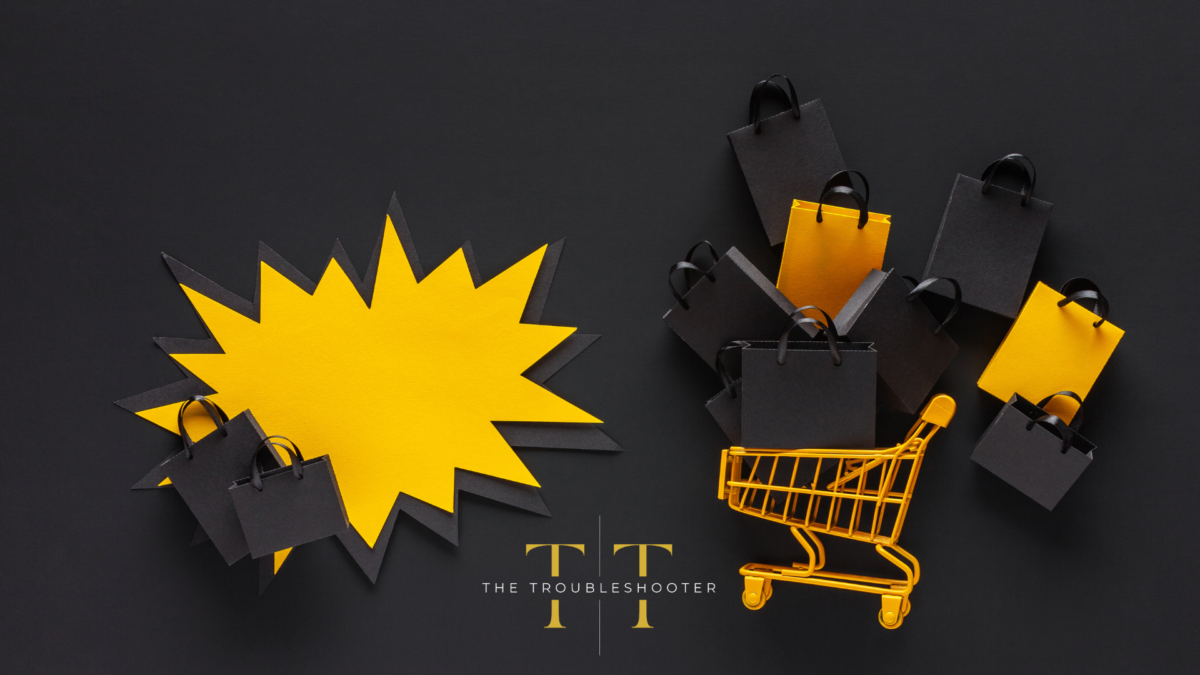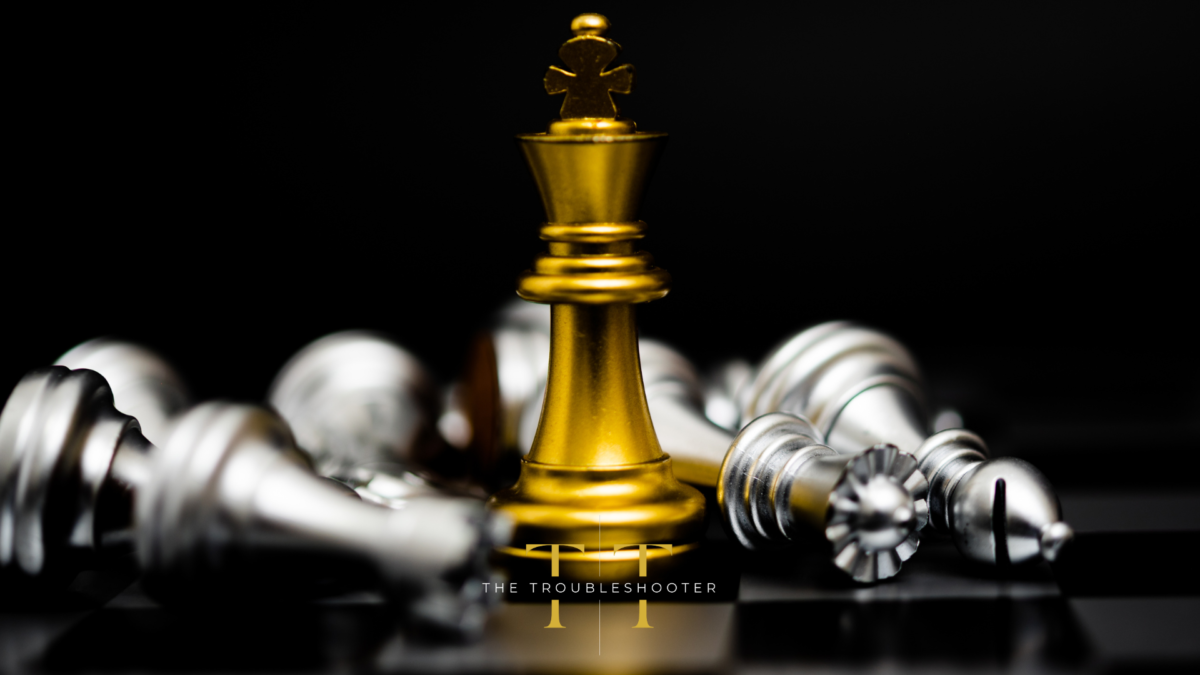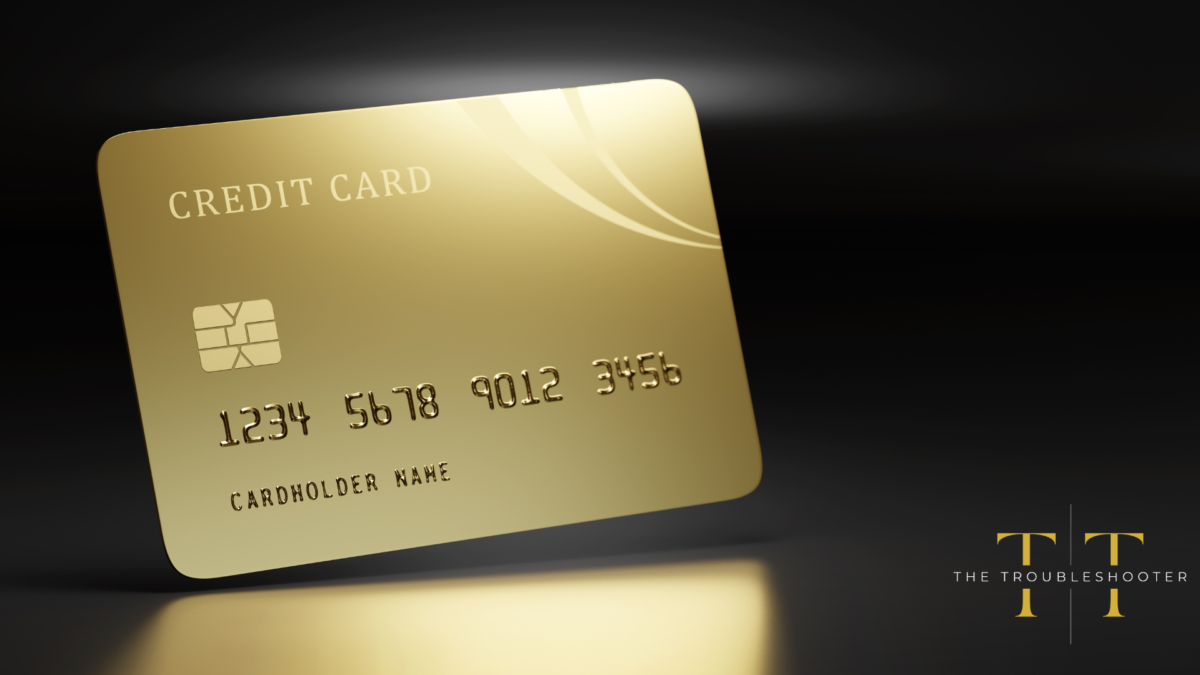
Trying to unravel the mysteries of marketing funnels? Ready to embark on a journey through the world of linear and non-linear strategies? In this week’s article, we dive into the two distinct approaches that drive modern marketing. Discover the benefits, drawbacks, and secrets behind each method, and get ready to revolutionise your marketing game with a deeper understanding of funnels and their dynamic impact on your success.
In the exciting realm of marketing, two powerful strategies are vying for the spotlight: the steadfast, step-by-step rhythm of the linear funnel and the unpredictable, spontaneous groove of the non-linear approach. Imagine them as dance partners, each offering a unique style to sweep your customers off their feet. In one corner, the linear funnel confidently leads customers through a choreographed routine, while in the other corner, the non-linear funnel brings a surprise element, offering unexpected spins and twirls.
So, let’s grab our dancing shoes and dive into the enthralling world of marketing funnels, where we’ll learn to sway and sashay our way to business success.
1. The Linear Funnel
The linear funnel represents the fundamental building block of a successful marketing strategy and is the most basic type of funnel. The customer journey starts with building awareness and, in a sequential manner, seamlessly progresses towards the ultimate goal of making a purchase. In the realm of customer acquisition, it is imperative to understand the concept of a linear funnel and that customers are unable to bypass or leapfrog any of these crucial steps.
For example, if you were a marketing consultancy your linear funnel might look like this:
- Awareness:The customer becomes aware of your business through word-of-mouth or online advertising.
- Interest:The customer visits your website directly, or through different search engines to learn more about your services.
- Consideration:The customer compares your services to those of other businesses in the area.
- Purchase:The customer books a discovery session with you.
Before you can begin marketing to customers, your linear funnel must be set up correctly. That means clearly defining each stage of the funnel and understanding what needs to happen for customers to pass from one stage to the next. Once you’ve done that, you can start planning your marketing efforts accordingly.
Benefits of Linear Funnels:
- Clarity: Linear funnels provide a clear and structured path for customers, making it easier to guide them through the buying process.
- Predictability: Marketers can predict and measure conversion rates at each stage of the funnel, allowing for better forecasting and optimisation.
- Simplified Analysis: Analysing and identifying bottlenecks becomes more straightforward with a linear funnel, helping marketers to focus on specific areas for improvement.
- Streamlined Strategy: A linear funnel allows marketers to create targeted and tailored content for each stage, facilitating a more streamlined marketing strategy.










